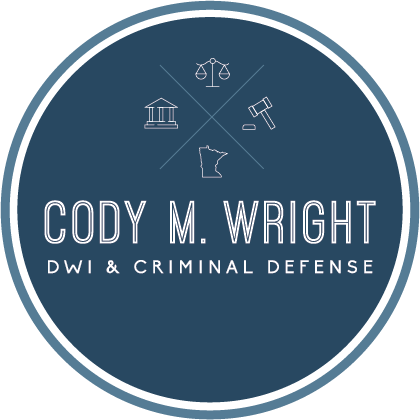
Criminal Vehicular Operations & Homicide
Criminal Vehicular Operations & Homicide Charges
Criminal Vehicular Operation and Criminal Vehicular Homicide are two of the worst crimes the State of Minnesota can charge you with. There are multiple scenarios where someone can be charged with these offenses. The most common is when an individual is driving under the influence of drugs or alcohol and injures or kills someone as a result.
The second most common is when someone is driving their vehicle in a grossly negligent manner that results in injury or death of another. There is no clear definition in Minnesota law of “grossly negligent.” Generally speaking, gross negligence in this context is when an individual is driving too fast for the conditions or traffic, weaving in and out of lanes, or using a cellphone. The injury portion of this type of offense is the same as what is laid out below.
There are three other scenarios where an individual can be charged with these offenses as well, although they are much less common. The first is when someone causes an accident and leaves the scene, knowing or having reason to know that the accident caused injury or death of another. This is the section of the statute that was used to charge Amy Senser.
Generally speaking, cases like these resolve prior to a trial. It is very important to have an experienced attorney in your corner to negotiate on your behalf. These types of cases aren’t open and shut for the State. They need to prove not only that the Defendant was driving the vehicle, but also that the Defendant is the one who caused the accident. This can be a difficult task, as there are not always witnesses who can explain how the accident happened.
The second is where the driver of the vehicle had knowledge that a police officer had previously issued a citation or warning that the motor vehicle was defectively maintained, the driver had knowledge that action was not taken to fix the defect, the driver had reason to know that the defect created a present danger to others, and the injury was caused by the defective maintenance.
Finally, and the least common, is when the accident causes an injury to an unborn child. For a charge like this, the child has to eventually be born alive, and the State has to prove that the accident resulted in great bodily harm to the unborn child. This can be very difficult for the State to prove.
Charges like CVO and CVH are extremely serious, and they require an experienced attorney, like Cody Wright. Cody’s main goal in these types of cases is to make them as simple as possible for his clients to understand, and to avoid the life altering consequences that can come with a felony conviction.
There are three levels of CVO charges in Minnesota: Bodily Harm, Substantial Bodily Harm, and Great Bodily Harm. The more severe the injury, the worse the charges become.
- Bodily Harm (any physical injury):
- This is the least serious of the three types of CVO. It is a gross misdemeanor and carries a maximum penalty of one year in jail and a $3,000 fine. If convicted of this type of offense, your license can also be taken from you.
- Substantial Bodily Harm (substantial but temporary disfigurement, loss of function, or fracture):
- This is the middle of the three levels of CVO. It is a felony level offense with a maximum of three years in prison and a fine of $10,000. Again, this can also cause a loss of driving privileges.
- Great Bodily Harm (permanent injury or an injury that carries a high probability of death): This is the most serious type of CVO. It is also a felony level offense, however it carries greater penalties. The maximum penalty is five years in prison and a fine of $10,000. This will also cause you to lose your driving privileges.
Any type of minor injury is considered bodily harm. This would include a small scratch that requires some minor first aid. Generally if there is a broken bone, or any type of head injury, it will rise to the level of Substantial bodily harm. If an individual is injured to the point that they permanently lose function to a limb, have to have an amputation, or have permanent neurological damage, it is considered Great Bodily Harm. In prosecuting a case like this, the state must establish the extent of injury, usually with medical records.
The situations in which an individual can be charged with a CVH are the same as listed above. The only difference is that, in a CVH case, someone must have died rather than just sustaining injuries. In a typical CVH case, the maximum penalty is 10 years in prison and a fine of $20,000. The other type of CHV is when there is an accident under any of the circumstances described above, which causes the death of an unborn child. The penalties in this type of CVH are the same as in a normal CVH.
Defense
For any person charged with the above type charges, it is a defense that they were taking a prescription medication, according to the terms of their prescription. This can end up being a great defense, but it can also be very costly, as you would likely need an expert to come in and testify.
If you are charged with any types of these offenses, you need to consult with an experienced criminal defense attorney to ensure that your rights have not been violated, and that they are not violated during the court process. Contact Cody M. Wright to set up a free consultation to discuss your case, and your options.
